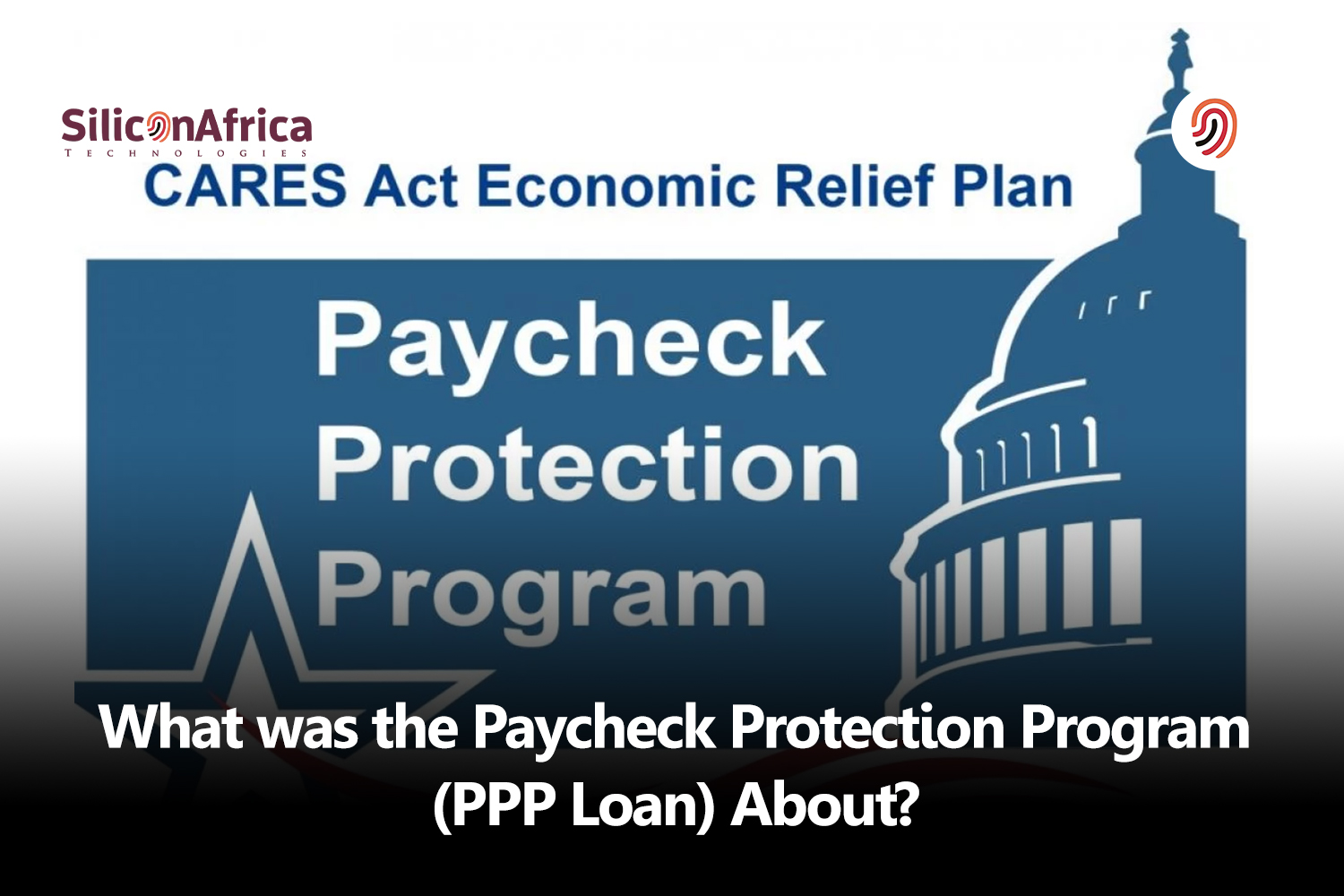Newsletter Subscribe
Enter your email address below and subscribe to our newsletter

2020 is a year everyone will forever keep in their hearts. Not because it was a beautiful year, not because a positive global change occurred, but because tragedy struck. Lives were lost, families were separated, and businesses were halted. It was like the world was ending because of this new virus—the Coronavirus (Covid-19).
The United States government, like many other nations, implemented relief systems to cater to the cries of its people. Among these measures was the Paycheck Protection Program.

Signed into law in December 2020 and halted in May 2021, the Paycheck Protection Program helped thousands of U.S. citizens get their lives back on track. How did the Paycheck Protection Program loan achieve this? What was it all about? That’s what we’re here to find out.
Also read: 7 Hot Tech Jobs in Global Demand 2024
On Dece27ember, 2020, the Federal Government of the United States signed The Coronavirus Aid, Relief and Economic Security (CARES) Act into law. Among other relief measures, this law contained a scheme proposed by the U.S Small Business Administration (SBA), known as the Paycheck Protection Program (PPP).
The Paycheck Protection Program ran effectively from December 2020 until May 4, 2021. At this time, the program funds were exhausted, so the SBA stopped new applications. The reserve funds were used to cater to previously submitted applications that were not reviewed before the scheme’s close.
Also read: 20 Technology Trends in 2024 that will Blow Your Mind Away
The PPP loan favoured millions of Americans in the job market. Up to $659 billion was authorised for job retention and related expenses, thus preventing a high rate of employee downsizing, the perceived result of the economic pitfall that COVID-19 brought.
The loan prioritized small businesses, nonprofits, Veterans organizations, and tribal businesses, as long as they fulfilled all the program requirements. They also supported independent contractors and one-man businesses by providing the funds they needed to grow their trade and stay relevant in the economic circle.
To benefit from the Paycheck Protection Program, one’s business must have been in operation before Feb 15th, 2020, and must fit into one of these categories:
In the second draw of the Paycheck Protection Program, the requirements became a bit tighter, as businesses needed to have below 300 employees and proof of a 25% decrease in revenue before they were deemed eligible.
Whilst the COVID-19 lockdown was a necessary recourse to curb the spread of the virus, it came with a major economic implication: demand for goods and services dropped. As a result, several companies resorted to downsizing their workforce, leaving people with no source of income to fend for themselves.
The U.S. government implemented the Paycheck Protection Program to provide the funds that American businesses and corporations needed to pay their workforce, hence boosting employee retention. The funds were also disbursed to individuals to pay mortgages, rent, and utilities.
The SBA pulled collaboration from Farm Credit System lenders, credit unions, banks, Minority Depository Institutions (MDIs), fintechs, etc., who were known as “lenders.”
These lenders were matched with business owners and other workers, with priority given to small businesses and those in underserved communities. As long as the borrower had successfully demonstrated that the money would go into their business, the lender would grant the borrower the requested amount.
There were two rounds of the Paycheck Protection Program, with over $300 billion disbursed per round. The funding categories were:
There was also an exclusivity period between February 24 and March 9, 2021, for businesses with less than 20 employees.
Also read: CES 2024: a Rare Glimpse into Our AI-powered Future
The Paycheck Protection Program, though short-lived, had a long-term impact on American citizens. Some of the impacts the PPP loan made in numbers include:
When the PPP loan was granted, beneficiaries were usually given a cover period, after which they had to start repaying the loan with a 1% interest rate to their lender. PPP forgiveness is a system by which borrowers are exempted from repaying.
You can apply for loan forgiveness once all of the loans have been used up. However, that has to be within 10 months of your covered period. If you don’t apply for forgiveness within this time, which is when your loan matures, you will be unable to apply again. Your covered period is usually stated during your loan application process.
The terms on which forgiveness may be granted is that during the 8-24 week period after you secured the loan, you met the following targets:
Effective March 13, 2024, all borrowers could apply for Paycheck Protection Program forgiveness directly through SBA’s direct forgiveness portal. You can also apply to your lender directly.
The application procedure for forgiveness depends on your forgiveness application form. In the instructions on your form, read the part titled “Documents that Each Borrower Must Submit with Their PPP Loan Forgiveness Application.”
No, the Paycheck Protection Program ended on May 4, 2021, having run out of funds.
The PPP loan interest rate was 1%
Yes. But you can be exempted from payment if you apply for PPP loan forgiveness.
After the world broke during the Covid-19 pandemic, it healed in many different ways. The Paycheck Protection Program was one of the ways by which the United States healed. With several beneficiaries, and several lenders who chose to make an impact on less-privileged individuals and organisations, the PPP loan was an undeniable success.
Follow us for more on X or Twitter, @SiliconAfriTech.